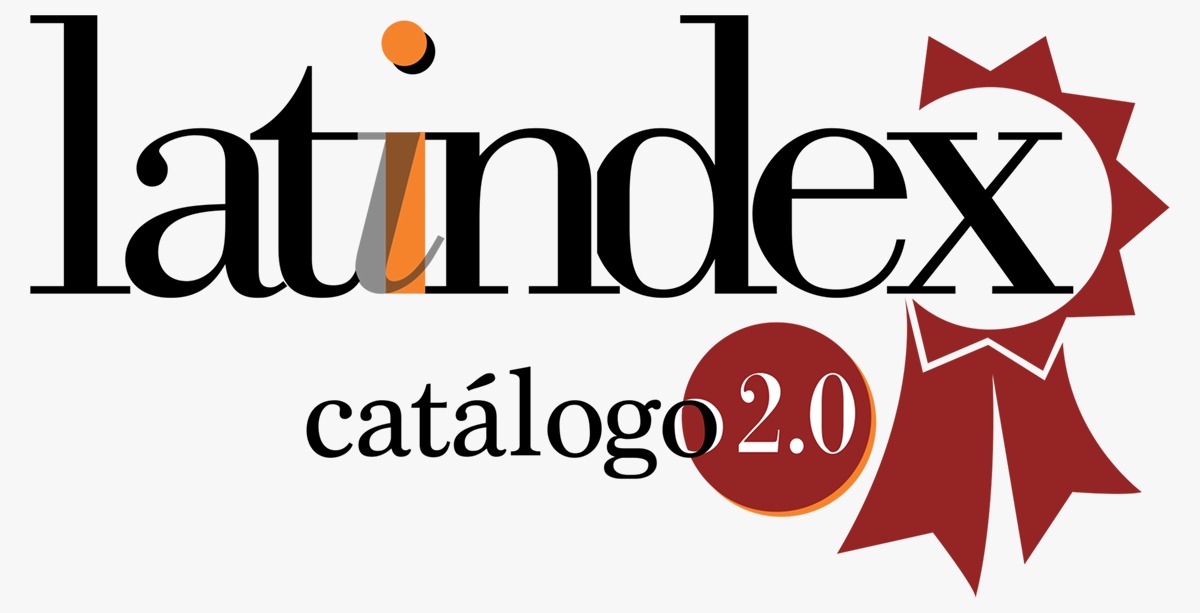The pandemic and its impact in higher education. The use of technology by students of the Communication and Marketing Faculty from the UAGro
DOI:
https://doi.org/10.29197/cpu.v18i35.408Keywords:
Pandemic, covid-19, higher education, students, online studentsAbstract
In México the impact caused by Coronavirus in the educational area has made it necessary to change teaching methods in all educational levels. The closing of public and private schools and the lockdown of people has caused the increase in use of diverse digital platforms and tools which are necessary in order to finish the school year. This article is developed facing the reality experienced by our country. It poses the following objectives: To evaluate the impact on the learning process due to the pandemic caused by COVID-19 in students of the Faculty of Communication and Marketing of the Autonomous University of Guerrero (UAGro); To identify which technologies were used by the students during the period in which the Academic Continuity Plan "UAGro Online" was implemented. To describe how the students, evaluate the learning acquired through the technologies used and identify the barriers that they faced with the new modality of online academic work. The study performed was a quantitative research. The survey technic was applied in order to have a wider vision about the impact of this new study modality in the students. Finally, it was identified that the access to technologies was the main barrier in order to achieve a successful learning process. The research findings will allow the identification of what improvements need to be implemented in an educational modality that will be present in an intermittent way in this "new normality".
Metrics
References
Barrón, M (2020). La educación en línea. Transiciones y disrupciones en Educación y pandemia. Una visión académica, México: UNAM. Consultado el 23 de septiembre de 2020. Recuperado de http://www.iisue.unam.mx/nosotros/covid/educacion-y-pandemia>
Concheiro, L. (2020). Respuestas de las Instituciones Públicas de Educación Superior en México para enfrentar la crisis del COVID-19, Recuperado de http://www.anuies.mx/media/docs/avisos/pdf/200417115709VF_ACCIONES_SES_COVID_19_ANUIES.pdf
Coordinación General de Educación Virtual (2020). Misión. Recuperado de: “http://virtual.uagro.mx/conocenos.php
Gobierno de México (2020). Secretaría de Salud Federal, Informe Técnico Diario COVID-19, 6 de octubre de 2020 Recuperado de https://www.gob.mx/cms/uploads/attachment/file/583018/Comunicado_Tecnico_Diario_COVID-19_2020.10.06.pdf
Gutiérrez, A. (2020). Educación en tiempos de crisis sanitaria: pandemia y educación en Revista Praxis Vol. 16 Núm. 1 de fecha May 18, 2020 (2020) Recuperado de: http://revistas.unimagdalena.edu.co/index.php/praxis/article/view/3040/2678
Hernández, R., Fernández, C. y Baptista, P. (2014). Metodología de la Investigación, México: McGraw-Hill Interamericana. Recuperado de: https://www.esup.edu.pe/descargas/dep_investigacion/Metodologia%20de%20la%20investigaci%C3%B3n%205ta%20Edici%C3%B3n.pdf
IESALC (2020). ¿Cómo prepararse para la reapertura? estas son las recomendaciones del IESALC para planificar la transición hacia la nueva normalidad Recuperado de: http://www.iesalc.unesco.org/2020/06/18/como-prepararse-para-la-reapertura-estas-son-las-recomendaciones-del-iesalc-para-planificar-la-transicion-hacia-la-nueva-normalidad/
INEGI (2020). COMUNICADO DE PRENSA NÚM. 103/20 17 DE FEBRERO DE 2020 PÁGINA ½ Recuperado de: https://www.inegi.org.mx/contenidos/saladeprensa/boletines/2020/OtrTemEcon/ENDUTIH_2019.pdf
Lloyd, M. (2020). Desigualdades educativas y la brecha digital en tiempos de COVID-19. En H. Casanova Cardiel (Coord.), Educación y pandemia: una visión académica (pp. 115-121). Ciudad de México: Universidad Nacional Autónoma de México, Instituto de Investigaciones sobre la Universidad y la Educación. Recuperado de: http://132.248.192.241:8080/jspui/bitstream/IISUE_UNAM/546/1/LloydM_2020_Desigualdades_educativas.pdf
Organización Mundial de la Salud (2020). Preguntas y respuestas sobre la enfermedad por coronavirus (COVID-19). Recuperado de: https://www.who.int/es/emergencies/diseases/novel-coronavirus-2019/advice-for-public/q-a-coronaviruses
Rodríguez, J. (2009). Plataformas de enseñanza virtual para entornos educativos. Pixel-Bit: Revista de medios y educación, (34), 217-233. Recuperado de: https://www.redalyc.org/pdf/368/36812036015.pdf
Román-Mendoza, E. (2000). El desarrollo de cursos a distancia en la World Wide Web mediante plataformas virtuales: "WebCT" en el mundo universitario norteamericano. George Mason University. https://recursos.portaleducoas.org/sites/default/files/02_01.pdf
Sánchez, M., Martínez, A., Torres, R., Agüero, M., Hernández, A., Benavides, M., Rendón, V. y Jaimes, C. (2020). Retos educativos durante la pandemia de COVID-19: una encuesta a profesores de la UNAM, Recuperado de: https://www.revista.unam.mx/wp-content/uploads/a12.pdf
Plan de Continuidad Académica (2020). Plan de Continuidad Académica Objetivo. Recuperado de: http://virtual.uagro.mx/plancontinuidad/documentos/PLAN_DE_CONTINUIDAD_ACADE%cc%81MICA.pdf
Ruiz, A. (2008). La muestra: algunos elementos para su confección. En REIRE Universitat de Barcelona. Institut de Ciències de l’Educació Núm 1, novembre 2008 pag. 75-88 Recuperado de: http://www.raco.cat/index.php/reire/article/viewFile/121055/166930
SurveyMonkey (2020). Calculadora del tamaño de muestra. Recuperado de:
https://es.surveymonkey.com/mp/sample-size-calculator/?ut_source=help_center
UAGro Virtual (2020). Misión. Recuperado de: http://virtual.uagro.mx/conocenos.php
UNESCO (2020a). Las TIC en la educación. Recuperado de: https://es.unesco.org/themes/tic-educacion
UNESCO (2020 b).1.370 millones de estudiantes ya están en casa con el cierre de las escuelas de COVID-19, los ministros amplían los enfoques multimedia para asegurar la continuidad del aprendizaje. Recuperado de: https://es.unesco.org/news/1370-millones-estudiantes-ya-estan-casa-cierre-escuelas-covid-19-ministros-amplian-enfoques
Published
How to Cite
Issue
Section
License
Unless otherwise indicated, all articles in this journal are published under a
Licencia Internacional Creative Commons 4.0 Atribución-NoComercial-CompartirIgual .
The authors retain the copyright and assign the right to the first publication to the magazine.









